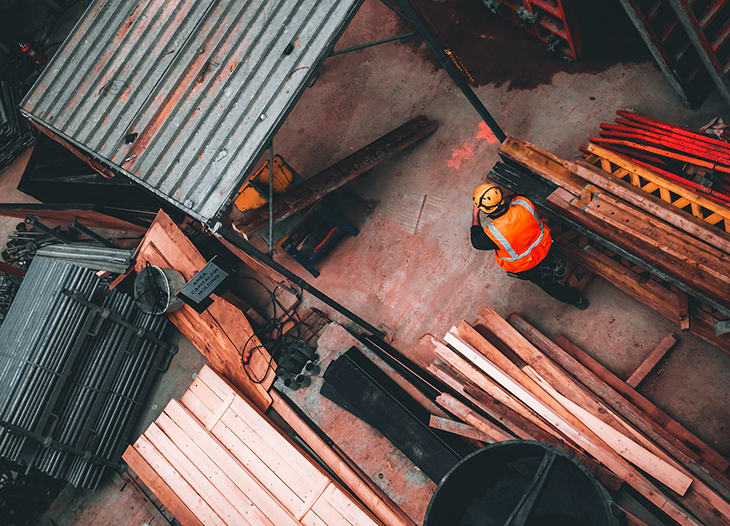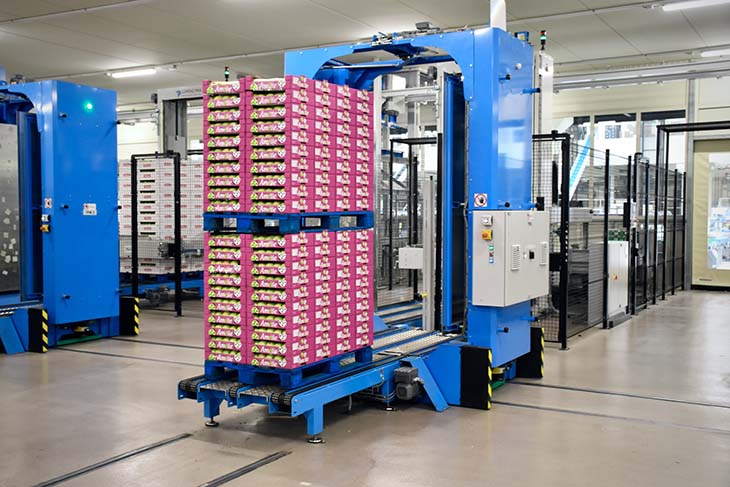The COVID-19 pandemic, rising building demand and international conflict exacerbated an already-stressed construction sector. Materials are difficult to transport and even harder to source, making supply chain shortages a multilayered issue one solution cannot fix.
In 2023, the industry still suffers from material shortages. Projects take a long time to start and complete, and logistics and procurement departments have their hands full with maintaining diverse and resilient supply chains as best as possible. Why is this still the reality of construction after all this time and what will it take to level out again?
The Downward Turn
Some nations consider the pandemic over, as COVID-19 falls out of trending topics. Others are experiencing inflation, an increase in home renovations or worker shortages. Still, the issues reflect a world affected similarly, as if every ailment is all-encompassing. Problems keep arising, too.
Construction is a vast umbrella containing numerous third-party involvement and material diversity. There are HVAC specialists, plumbers, engineers, transportation professionals and innumerable others who have their hands in a single construction blueprint. Governments are increasing infrastructure spending, bleeding construction outfits dry of any materials they have, alongside private projects. With Industry 4.0 and the Internet of Things revolution, construction relies more on mechanical and technological parts, expanding the scope of what is necessary for successful builds and critical infrastructure.
Materials like concrete could rise in price but be widely accessible, while ones like lumber are scarce and less pricey. Plus, lead times change with every product. Because most projects rely on multiple materials to execute, it can make timelines inconsistent and inefficient.
Construction will not see vast improvements in availability and price accessibility until its major adversaries fizzle out of relevance for every type of material. Construction material availability has numerous prominent factors impacting its success and timeliness, and fixing one problem will not cause noticeable improvements. It will be a continued decline in performance and efficiency before situations gradually increase over many years.
The Changing Priorities
Construction CEOs have a lot to balance. What is more important? Is it taking on as many projects as possible to stay afloat with the materials available? Is it buying everything cheaply, no matter how long it takes? Is it doing fewer projects but modernizing to include more tech components? These questions rest alongside other pressing duties, such as sustainability initiatives and research and development to advance the sector to more modern methods and material usage.
The pandemic highlighted countless opportunities for construction to change so it can withstand global disasters. However, it is not possible until the industry commits to modernization and research to find practical, accessible solutions to obtain this resilience on a massive scale. With how much concrete impacts the planet, it is a pipedream to eliminate it from construction entirely.
So, how can experts invest time and resources into discovering new materials or ways to change concrete while keeping the sector financially afloat? These quandaries align with how much pressure construction is under to reduce its carbon footprint.
Corporate social responsibility and environmental, social, and governance objectives that align with the UN’s global goals are more critical as the climate crisis and social disparities run rampant globally. These impacts halt barges in turbulent or low waters. Over 6 million U.S. homes still use oil as fuel for their primary heating source and need materials to keep lights on. It also delays plane shipments because of unexpected natural disasters.
Sustainable, recycled and reclaimed materials are essential, as construction transportation must invest in electric vehicles, and engineers adjust efforts to leverage tech and data. It is a challenge for construction companies to keep up with how they will keep their workers employed and do their duty to help the sector.
The Future Resolution
Many aspects continuing to disrupt construction material access are out of a business’s control. Are construction enterprises supposed to ride the wave until it fixes itself or are there actionable steps to take to improve the material shortage crisis?
On an internal level, contractors, companies and third parties everywhere in the supply chain must increase communication. Morale is critical to surviving frustrating circumstances — especially when there are many moving parts. Collaboration and empathy will increase patience internally as customer-facing professionals attempt to satisfy patrons with industry education.
It will help greedy companies from overstocking their warehouses, exacerbating shortages from competitors and prolonging the side effects. However, this is only a coping strategy.
Organizations can also look to novel construction methods to curb material requirements. For example, modular construction is helping curb the quantity and variety of materials manufacturers and builders need to complete projects.
At the same time, governments worldwide are issuing sweeping legislation to advance infrastructure to fit growing populations and global goals. Companies have these obligations to fill alongside their client requests. They can communicate more with governments to draft benchmarks and procedures for less aggressive, more realistic project development.
Navigating Unstable Construction Material Availability
Despite how long construction materials shortages persisted, there is not a single sweeping answer to the delays. Businesses and governments can collaborate to create guidelines for navigating these unpredictable waters best while materials become more available and prices level out.

























